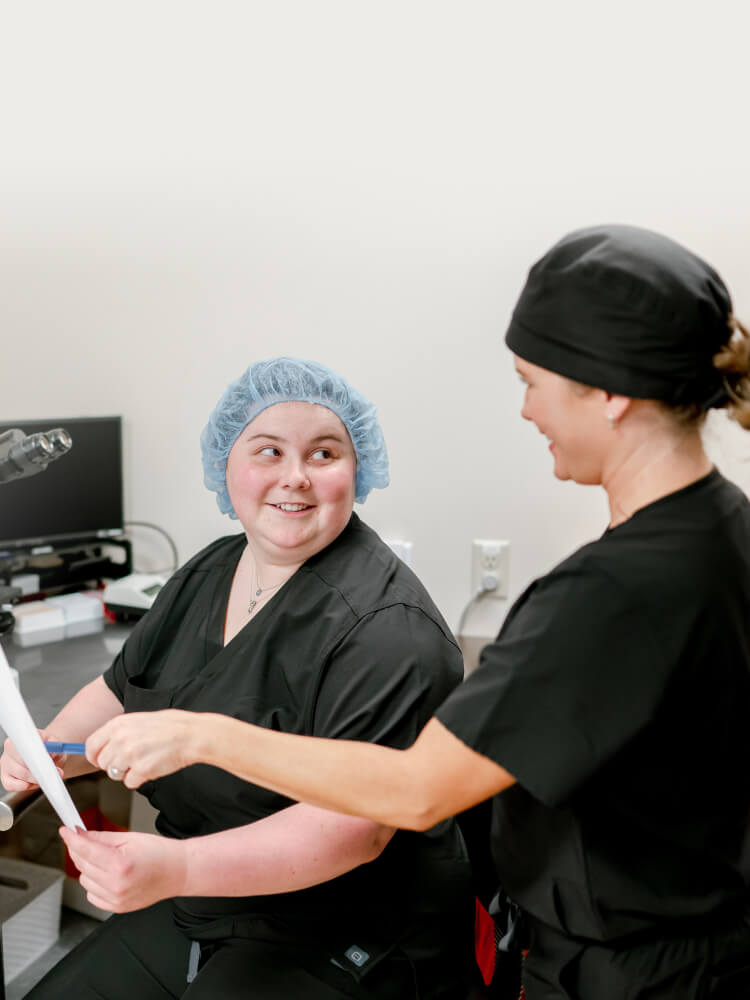The Advantages of Reproductive Surgery
Because reproductive surgery involves removing abnormalities that are impacting your ability to get pregnant or sustain a pregnancy, the primary advantage of such procedures is that they may restore reproductive function and make it possible for you to successfully have a child.
While the idea of having surgery may seem scary, most reproductive surgery procedures are minimally invasive procedures performed on an outpatient basis, meaning you don’t have to stay in a hospital during your recovery. Instead, you can recover in the comfort of your own home.
Thanks to advanced technology and the expertise of our reproductive surgeons, Indiana Fertility Institute patients can rest easy knowing that their procedures will be performed with the utmost accuracy using very small incisions. We also take extra care to ensure your recovery time is as quick and painless as possible.



